FJMT’s latest Sydney city intervention, Liberty Place, successfully balances an urban site and heritage and sustainability considerations with commercial requirements to create a rich and considered architectural offering. Elana Castle reports.
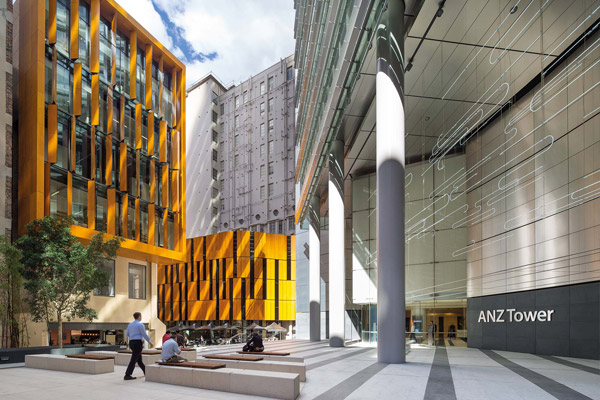
October 14th, 2013
Following a “Design Excellence Competition” in 2002, architecture firm FJMT were awarded the brief to design and document Liberty Place, a multipurpose public, corporate and hospitality development in Sydney’s CBD
An amalgamation of five sites, the development includes a premium Grade 44-storey commercial tower, a penthouse apartment, a retail space centred around a new plaza, a pedestrian lane, refurbishment and additions to heritage-listed Legion House and a new three storey office building known as 167 Castlereagh Street.
The development succeeds in carving out a major new public space, reinvigorating a previously run down area of the city and bringing together a significant sequence of refurbished heritage buildings, public open space and streetscapes into a cohesive environment. “In recognition of the specificity of the site and its inherent attributes, the design comprises a carefully articulated assembly of elements – ground plane, street walls, tower elements and landscape – to create a unique architectural form,” continues McPeake. “The design emphasises the public domain with a richness of activity, life and spatial and architectural interest
The development of Legion House balanced the parallel challenges of heritage preservation whilst enhancing the building’s overall utility and environmental performance. “By adopting a contemporary design approach to new elements and juxtaposing new design with heritage elements, Legion House achieves an authentic response to the building’s heritage values,” explains McPeake.
Receiving little sun or wind, Legion House receives its energy from a process called biomass gasification. “The technology converts plant sourced materials into a combustible gas that is used to generate electricity,” explains McPeake. “This is effectively a carbon zero energy source as the greenhouse gases released in the energy production equal that absorbed in creating the biomass.”
Ultimately, the project combines a significant offering of premium grade commercial space with attractive public spaces and high quality retail. “The development provides an enabling, flexible and human environment for workers and visitors,” adds McPeake. “The through site link, associated lane way and public plaza provides a unique ground plane and entry to a commercial building which is also highly popular with tenants.”
FJMT
INDESIGN is on instagram
Follow @indesignlive
A searchable and comprehensive guide for specifying leading products and their suppliers
Keep up to date with the latest and greatest from our industry BFF's!
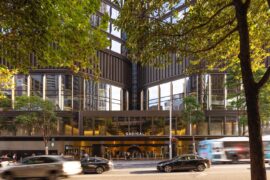
Rising above the new Sydney Metro Gadigal Station on Pitt Street, Investa’s Parkline Place is redefining the office property aesthetic.

London-based design duo Raw Edges have joined forces with Established & Sons and Tongue & Groove to introduce Wall to Wall – a hand-stained, “living collection” that transforms parquet flooring into a canvas of colour, pattern, and possibility.
Earp Bros introduces the new wave of dimensional product from tile manufacturer Venis.

Celebrating its fifth year, the 2014 edition of Ventura Lambrate will be celebrated through lots of activities keeping the unique and energising atmosphere in the area, both day and night.
The internet never sleeps! Here's the stuff you might have missed
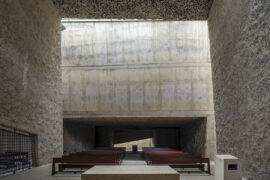
The World Architecture Festival has named The Holy Redeemer Church and Community Centre of Las Chumberas in La Laguna, Spain as World Building of the Year 2025, alongside major winners in interiors, future projects and landscape.
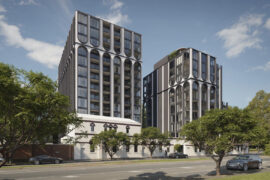
At Melbourne Design Week, Plus Studio brought together planners, designers and local government voices to unpack the realities of urban densification.

Sydney’s newest design concept store, HOW WE LIVE, explores the overlap between home and workplace – with a Surry Hills pop-up from Friday 28th November.
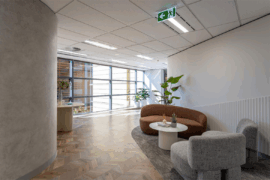
A thoughtful, low-waste redesign by PMG Group in collaboration with Goodman has transformed a dated office into a calm, contemporary workspace featuring a coastal-inspired palette and Milliken flooring for a refined finish.